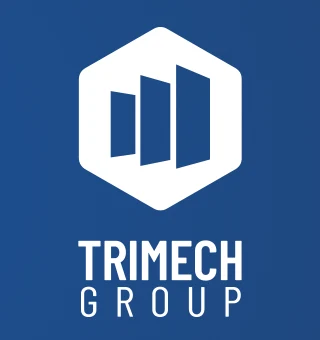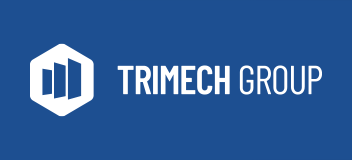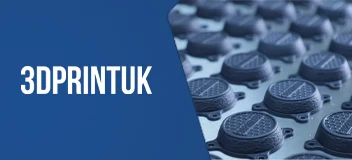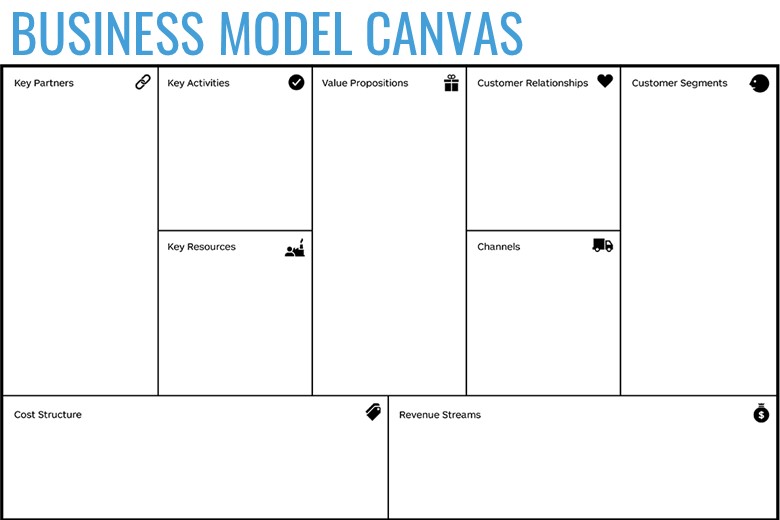Product Development Strategy for Startups
For startups, turning a product idea into a market-ready product is such a long haul that requires a product development strategy, even more so than established companies due to the constant pressure to deliver value fast. Starting at the ideation phase, the strategy acts as a guiding framework that informs every stage, keeping the team focused, aligned, and efficient.
This guide covers why and how a well-defined product development strategy can avoid scattered effort and enable fast and focused execution for startups.
Key Takeaways
- Product development strategy is how to bring the product to life – a tactical plan for how a startup will design, build, test, and launch a product.
- Components of a product development strategy: problem-solution fit, product vision, target audience, MVP, product roadmap, collaboration, testing, GTM strategy, key metrics.
- Business model canvas visualizes how the startup create value by integrating 9 key elements on a single page.
- Value proposition canvas helps startups clearly articulate the business idea, customer segments, and value propositions on a single page.
- Mistakes to avoid: skipping research, ignoring MVP, not listening to or only listening to customers, poor collaboration, underestimating GTM strategy.
What is Product Development Strategy?
Product development strategy is a plan that guides how a business creates and launches new products to meet customer needs and achieve business goals. It aligns product development with market opportunities, resource capabilities, and company objectives.
Product Strategy vs Product Development Strategy
A product strategy defines the vision, goals, target market, and value proposition of a product. Product development strategy is how to bring the product to life – a tactical plan for how a startup will design, build, test, and launch a product.
Product Development Process vs Product Development Strategy
Product development strategy defines the strategic direction for what and why to build the product, while product development process provides operational steps to build the product. The process is more about “what’s next?”, and “how do we build it?” rather than “why this product?” and “how does it win?” that are answered by the product development strategy.

Product development strategy process meeting
Why a Product Development Strategy Matters for Startups
Startups typically have limited resources. A strong product development strategy ensures that time, money, and talent are focused on the most promising opportunities. It ensures product-market fit and reduces risk throughout the stages of product development:
- Ideation & Research Stage: the strategy defines how the product will address customer needs, differentiate from competitors, and fit into the broader business strategy.
- Prototyping Stage: as the idea moves to prototyping and minimum viable product (MVP) development, the strategy guides decisions on feature prioritization, resource allocation, and iterative testing.
- Product Launch Stage: the strategy defines the target audience and can help align messaging and branding as the product enters the market.
What to Include in a Product Development Strategy
Problem-Solution Fit
Startups must ensure they’re solving a real, painful problem for a specific group of people. This requires market research as well as user research:
- Market research: collect information about whether the product has any chance of success through competitor benchmarking, social media and trend listening, and data from existing sources to form a general picture of the larger market.
- User research: before investing time and money on product development, startups need to get first-hand information from customers, mainly through customer interviews, focus groups, user tests, and feedback surveys.
Product Vision & Goals
Have a clear, definitive product vision, usually in 2-3 sentences about what the product does. Define measurable goals of the product that align with overall business objectives. The clearer the vision, including what the product aims to achieve and the value it creates, the more focused and aligned the team will be, and the greater the chance of success.
Target Audience
Who is the target user? What does the product accomplish for them? How are they going to use the product? Understanding and empathizing with end users is essential for identifying problems, generating ideas, and shaping initial details that can be refined during the product design phase. This approach enables rapid prototyping and iterative testing.
Minimum Viable Product (MVP)
One key feature solving one main problem. Startups need to focus small to start – build just enough to test core assumptions and learn quickly from feedback. Understanding MVP design for the first version of the product enables fast prototyping for later stage.
Product Roadmap
Product roadmap outlines the priorities and progress of a product over time helps the team keep focusing on essential customer value, prioritizing features, and coordinating limited resources of startups.
Cross-functional Collaboration
Understanding how different teams and roles work together matters for product development from ideation to launch.
Some practical, startup-friendly ways for strong cross-functional collaboration include daily stand-ups or sync meetings, brainstorming sessions, feedback loop with users, shared product roadmaps, and shared KPIs.
Testing & Iteration
How to test product concept or features, test for errors and ensure functionality before launching. Startups typically use lean, fast, and feedback-driven methodologies due to tight timelines and budgets throughout the product development process:
- Early Stage: begin with simple design mock-ups for testing core value rather than waiting for a MVP to be available; or use the Build-Measure-Learn cycle of building a MVP, measuring how users respond, and learning from the results to guide the next iteration.
- Early to Mid: user testing for UX feedback and usability improvements.
- Mid to Growth: A/B testing for optimization of features and analytics tracking for identifying usage patterns and bottlenecks.
- Pre-Launch: beta testing for real-world feedback before full launch.
- All Stages: customer interviews and Dogfooding (Internal testing).
Go-to-Market (GTM) Strategy
The GTM strategy is how to launch and promote the product effectively. This includes product positioning and messaging, pricing, sales and distribution channels, marketing campaigns, and sales tactics to maximize reach and impact.
Key Metrics
Key metrics help align the team on what success look like, some key metrics are needed in the strategy. Common metrics include customer acquisition cost, retention rate, churn rate, revenue growth rate, etc.
Popular Strategy Models for Product development
To help startups make smarter decisions faster, some proven frameworks and models could be used when creating product development strategy:
Business Model Canvas
This model visualizes how the startup will create, deliver, and capture value by integrating key elements including value propositions, customer segments, customer relationships, channels, revenue streams, cost structure, key activities, key partnerships, and key resources on a single page.
Business model canvas is useful for aligning product development with overall business strategy and identifying gaps or opportunities.
Value Proposition Canvas
Similar to the business model canvas, value proposition canvas also helps startups clearly articulate the business idea, customer segments, and value propositions on a single page. It breaks down customer pains and gains and how the product solves them, ensuring that product development is closely aligned with real customer needs.
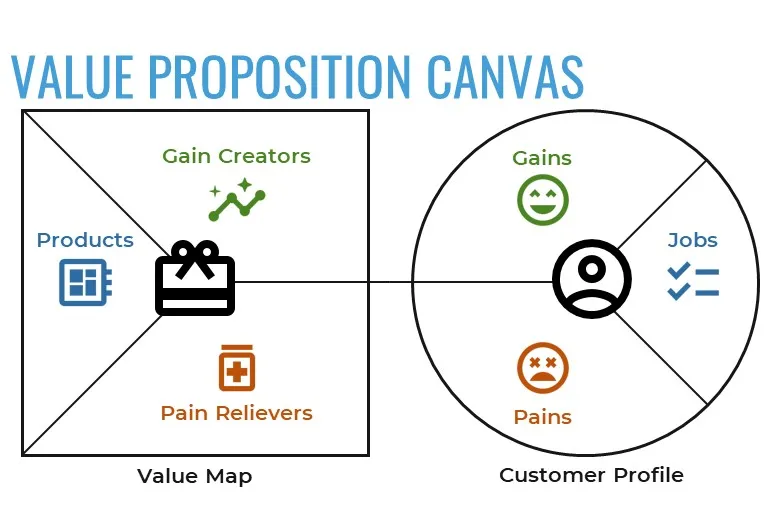
Kano Model
This model categorizes product features based on customer satisfaction: Must-Have, Performance needs (features that increase satisfaction the more they’re improved), Delighters (unexpected features that delight users but aren’t required), Indifferent, and Reverse/Undesirable.
Impact vs. Effort Matrix
This model maps features or tasks by business value and development effort. It prioritizes what to build next for maximum ROI.
Strategy Canvas
This framework compares competitors based on key factors and helps to identify how to differentiate the product in the market.
Hook Model
This is a behavioral design framework with four parts: trigger, action, variable reward, and investment. It is useful for building habit-forming products and guides design of user engagement and retention loops.
Mistakes to Avoid When Creating a Product Development Strategy
Skipping Research
Many startups assume they know what customers want and neglect thorough market research and user research. They start with an idea they think is great without confirming if users actually need it. Misunderstanding of users’ real needs might lead to bloated product with too many features.
What to do instead? Conduct user interviews, run surveys, and validate demand before building.
Ignoring MVP
Trying to build a fully featured product from the start increases risk and delays learning from real users. It might waste time and money if assumptions are wrong.
What to do instead? Build a MVP and focus on the core functionality for a very specific audience. This smallest version could test your core idea, allow you to adapt quickly, and streamline product development process. You might also find a sub-niche of your existing audience and scale from there.
Not Listening or Only Listening to Customers
Failing to gather and act on customer feedback might lead to failed products. Conversely, blindly implementing every customer suggestion might dilute the product vision and goals.
What to do instead? Balance user feedback with strategic goals by contextualizing the feedback, using multiple sources of input, and validating.
Poor Collaboration
Poor team structure, lack of clear roles, siloed decision, or silos between teams – these might lead to miscommunication, duplicated efforts, and ultimately products that fail to meet user needs.
What to do instead? Encourage open communication, diverse perspectives and shared accountability with regular stand-ups and shared goals. Empower product, engineering, design, marketing team to own the product from concept to launch.
Underestimating Go-to-Market (GTM) Strategy
Even the best product fails without customers knowing it exists. Treating GTM as an afterthought can undermine the best product development efforts.
What to do instead? Integrate GTM early in product development to align product features with market needs and launch plans. Define a clear target market and positioning.
Conclusion
During the product development process, many startups might not know how to achieve the product features right off the bat due to lack of knowledge of advanced material science, engineering, industrial design, electronics, etc. TriMech Design offers comprehensive Product Development Services to hardware startups. Talk to our expert team now.
Product Design Experts related to this content:
Wade Harmidy, Manager, Product Development
Wade Harmidy is an experienced operations and project management professional with over 10 years in manufacturing and pharmaceutical sectors
